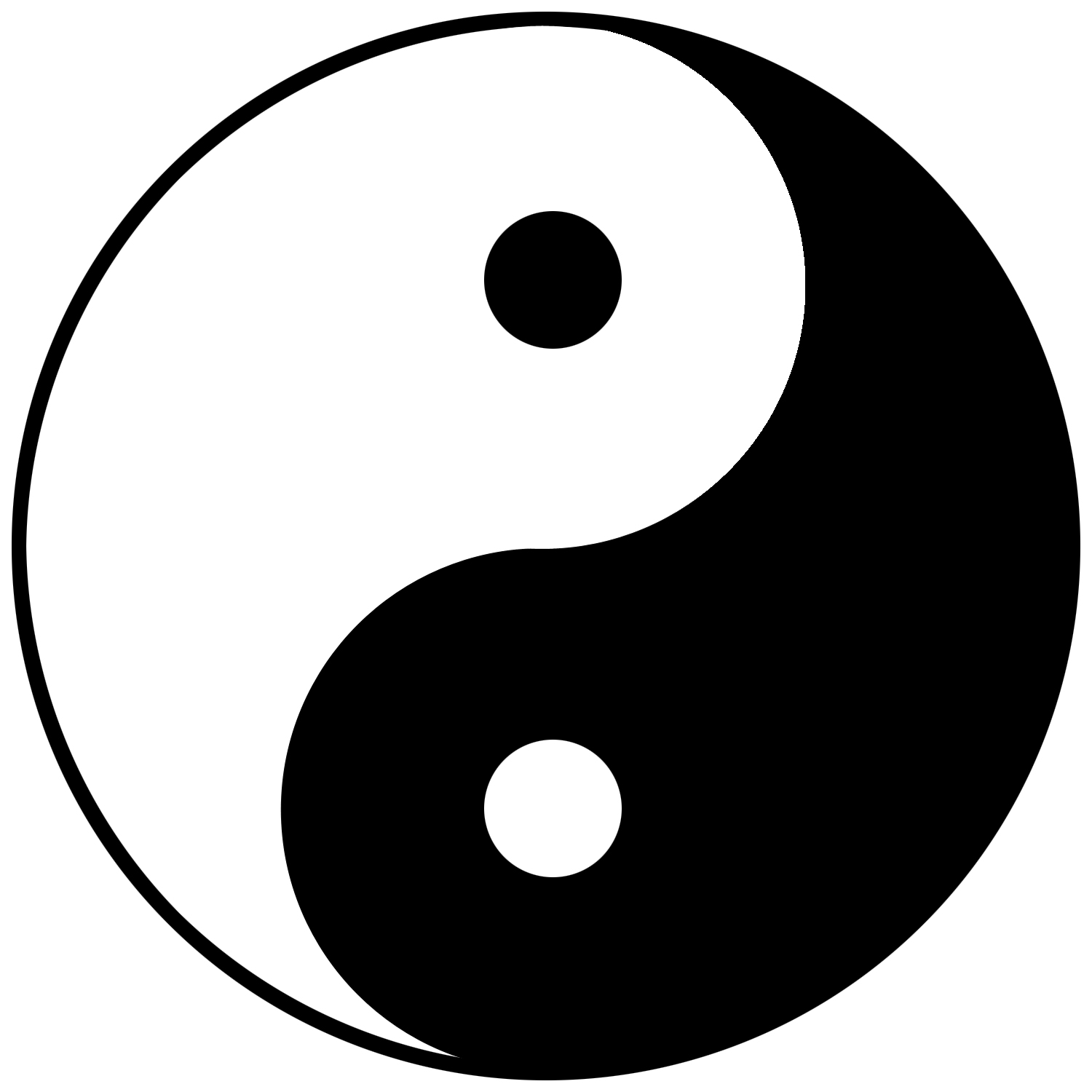

In these inscriptions, yin and yang simply are descriptions of natural phenomena such as weather conditions, especially the movement of the sun. The earliest Chinese characters for yin and yang are found in inscriptions made on “oracle bones” (skeletal remains of various animals used in ancient Chinese divination practices at least as early as the 14th century B.C.E.). As such, it has served as a heuristic mechanism for formulating a coherent view of the world throughout Chinese intellectual and religious history.

Instead, yinyang is emblematic of valuational equality rooted in the unified, dynamic, and harmonized structure of the cosmos. In none of these conceptions of yinyang is there a valuational hierarchy, as if yin could be abstracted from yang (or vice versa), regarded as superior or considered metaphysically separated and distinct. Perhaps this is the law of everything yet there is no form being seen” ( Zhuangzi, Chapter 21). The interaction of these two establishes he (harmony), so it gives birth to things. The chilliness comes from heaven while the warmness comes from the earth.

As the Zhuangzi ( Chuang-tzu) claims, “ Yin in its highest form is freezing while yang in its highest form is boiling. Despite the differences in the interpretation, application, and appropriation of yinyang, three basic themes underlie nearly all deployments of the concept in Chinese philosophy: (1) yinyang as the coherent fabric of nature and mind, exhibited in all existence, (2) yinyang as jiao (interaction) between the waxing and waning of the cosmic and human realms, and (3) yinyang as a process of harmonization ensuring a constant, dynamic balance of all things. Just as with many other Chinese philosophical notions, the influences of yinyang are easy to observe, but its conceptual meanings are hard to define. The outer circle represents "everything", while the black and white shapes within the circle represent the interaction of two energies, called yin and yang, which cause everything to happen.Yinyang ( yin-yang) is one of the dominant concepts shared by different schools throughout the history of Chinese philosophy. In Taoist metaphysics, distinctions between good and bad, along with other dichotomous moral judgments, are perceptual, not real so, the duality of yin and yang is an indivisible whole. taijitu symbol) shows a balance between two opposites with a portion of the opposite element in each section. Likewise, is it yin and yang or ying and yang? yin′ and yang′ (in Chinese philosophy and religion) two principles, one negative, dark, and feminine ( yin), and one positive, bright, and masculine ( yang), whose interaction influences the destinies of creatures and things. The yin, the dark swirl, is associated with shadows, femininity, and the trough of a wave the yang, the light swirl, represents brightness, passion and growth. The ubiquitous yin- yang symbol holds its roots in Taoism/Daoism, a Chinese religion and philosophy. Similarly, you may ask, what does the yin and yang mean? Yin yang is more about unity and balance. Peace is like a cure for the disease of war, and after peace everything will go on happily ever after. The peace symbol represents the opposite of fear, war and conquest, a sort of “let's all just get along”. The peace symbol and yin yang are opposites in common usage.


 0 kommentar(er)
0 kommentar(er)
